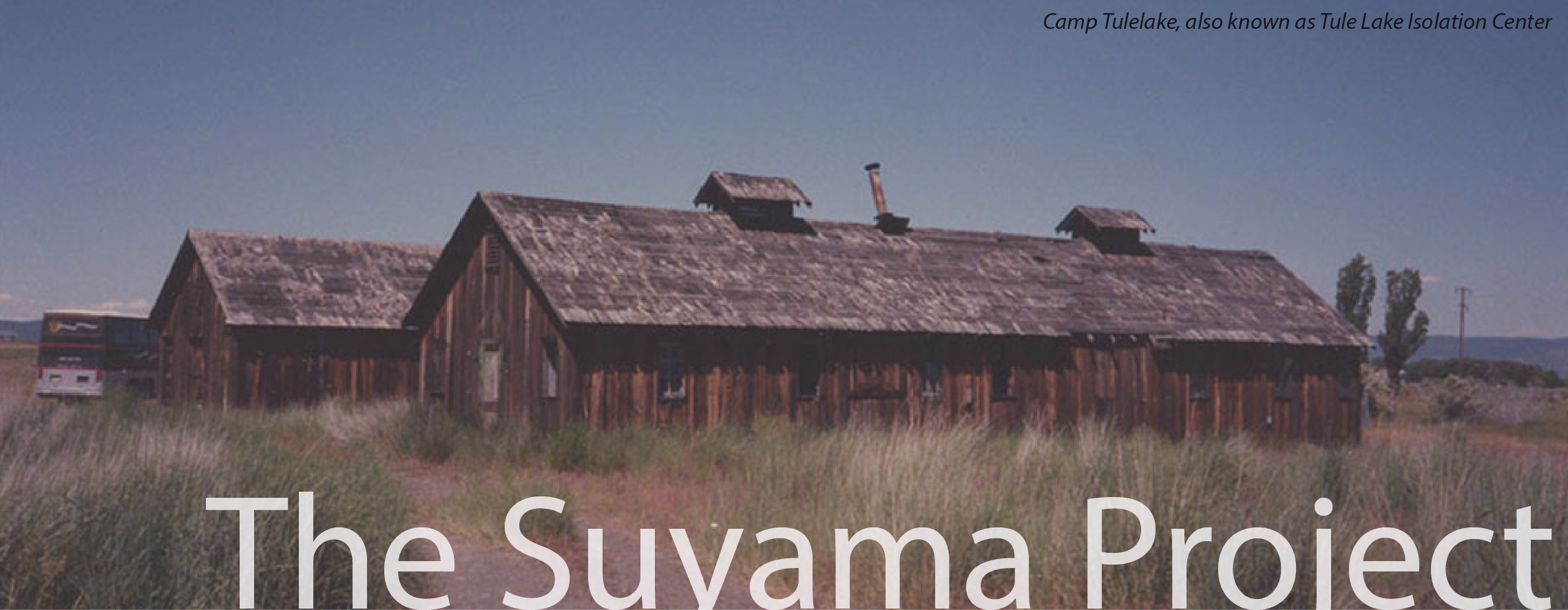
|
UCLA Asian American Studies Center's Suyama Project aims to preserve the history of Japanese American resistance during World War II, including, but not limited to the 100th/442nd Regimental Combat Team draftees, Army and draft resisters, No-Nos, renunciants, and other Nikkei dissidents of World War II. The Suyama Project is made possible through the generous gift of an anonymous donor who wanted to honor and remember the legacy of resistance, broadly understood. |
Shattering the Myth of the "Quiet American" Shortly after Japan attacked Pearl Harbor, people of Japanese descent living on the West Coast were removed from their homes and imprisoned in United States concentration camps.
The stereotype that formed of Japanese Americans from this experience was that of the "quiet" American who went "quietly" into the camps, never questioned the constitutionality of their incarceration, agreed to serve in the military while imprisoned in the camps to prove their loyalty and "quietly" returned to their pre-war lives after the war.
In fact, many Japanese Americans during the war did question and resist what was happening to them, but their stories were suppressed for many years. Only in recent years, have these stories been brought more to light.
The "quiet American" myth was perpetuated by propaganda from the U.S. government with support from the leadership of the Japanese American Citizens League (JACL), which even published a book titled, "Nisei: The Quiet Americans."
However, the civil rights movement of the 1960s inspired the children of the former camp inmates to explore their own history and ethnic identity. Some of these activities included pilgrimages back to the former camp sites, public forums and participation in the redress movement, which culminated in the Civil Liberties Act of 1988, the bill that directed the U.S. government to issue a formal apology and to a pay token compensation to surviving camp inmates.
It would take many more years, however, to shatter the "quiet American" myth and to uncover the myriad of protests that had been suppressed for more than four decades.
The significance and the importance of learning from these protests go to the heart of American democracy and affect all U.S. citizens.
At issue are some of the followings:
The Suyama Project website introduces people to the many forms of Japanese American resistance during World War II.
A resource guide is also provided for further reading and research.
The goal of the Suyama Prjoect is to recapture and preserve this long suppressed history in an effort to continue working towards a more perfect union. |